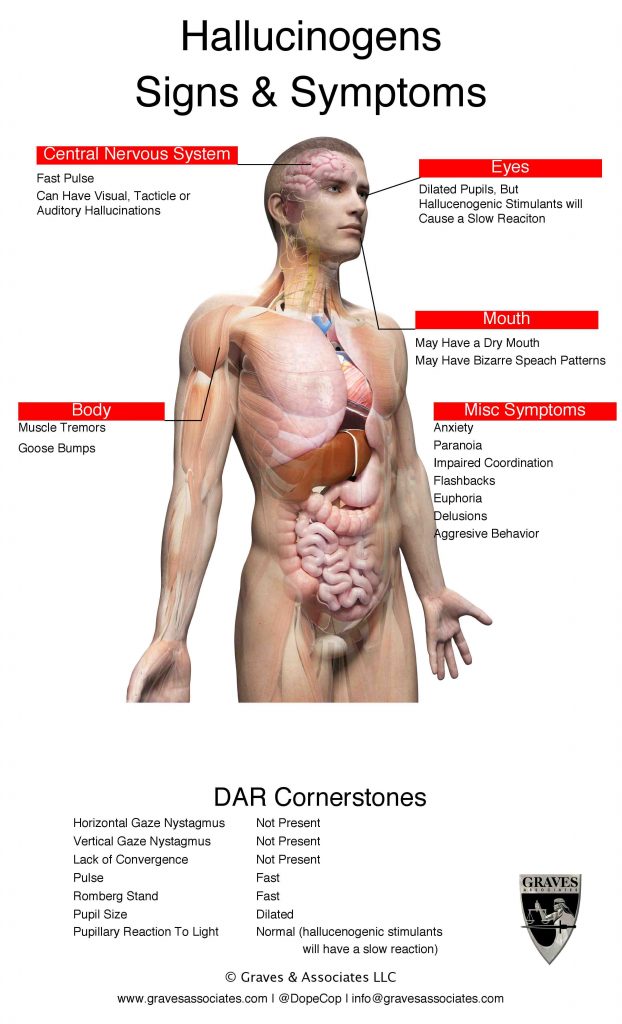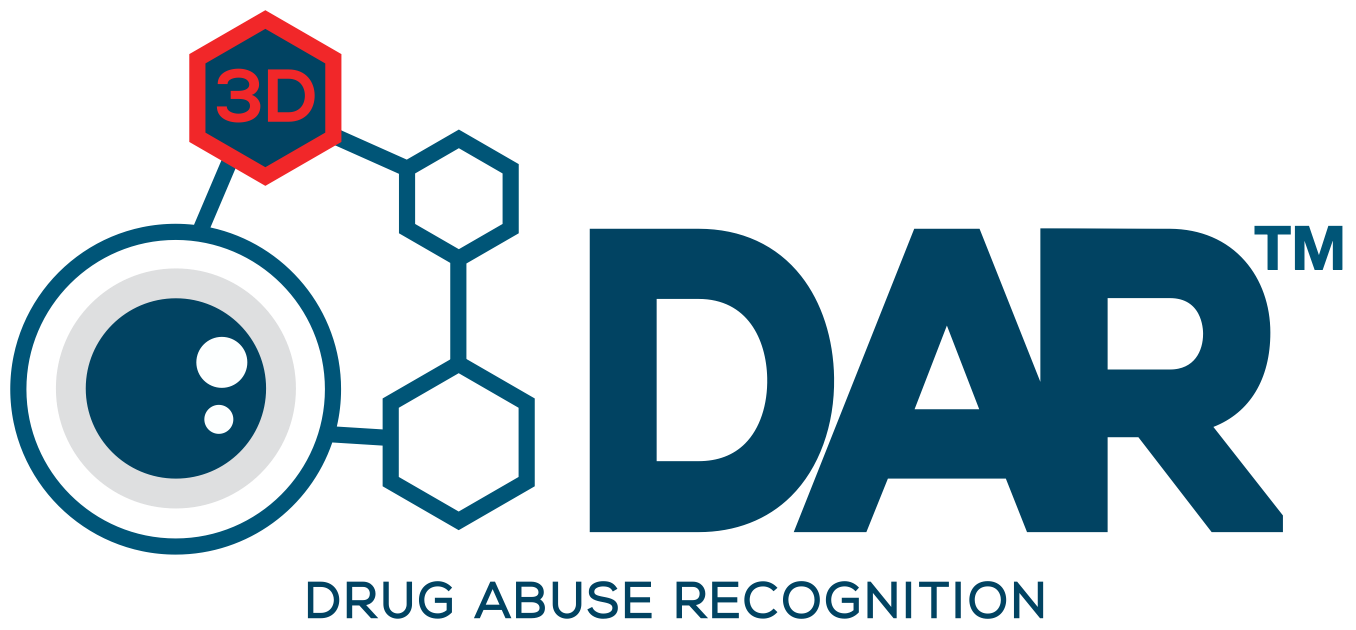Yes, you can get high on nutmeg. This is the same nutmeg that may be in your spice cabinet in the kitchen. Kids have been using nutmeg to get high for decades, but thanks to the Nutmeg Challenge, it is becoming even more popular and dangerous.
A TIKTOK video about a woman challenging others to do nutmeg has created an increase in adverse incidents of nutmeg use. You can see two women using nutmeg and then freaking out and calling poison control below. Nutmeg use can be dangerous and its abuse is nothing to ignore.
Getting High on Nutmeg
Grinding the nutmeg seed provides us with the spice that we use in pumpkin pie, eggnog and other delicious dishes. But, if you ingest large amounts, it causes a hallucinogenic effect. It is rarely smoked or snorted. Most times it is mixed with a drink and ingested. It can be considered a legal high and is mostly abused by teens.
The Maryland Poison Center has seen an uptick in calls to their center for adverse nutmeg reactions. According to a bulletin they recently released, nutmeg contains volatile oils that are complex mixes of allylbenzene derivatives and terpines. Myristicin, elemicin and safrole make up 80% of the allylbenzene derivatives. Myristicin is the main component responsible for nutmeg’s psychoactive effects. It is theorized to be metabolized to 3-methoxy-4,5- methylenedioxyamphetamine (MMDA), a sympathomimetic with hallucinogenic properties similar to lysergic acid diethylamide (LSD). Myristicin is a weak inhibitor of monoamine oxidase as well as a serotonin antagonist. Elemicin is also partially responsible for nutmeg’s clinical effects. One to 3 nutmeg seeds, or 5 to 30 g of the ground nut are ingested for inducing psychogenic effects. One tablespoonful of ground nutmeg is approximately equal to 7 grams of nutmeg (NCMJ 1982; 43:439).
Symptoms of Nutmeg Use
Symptoms begin 2-8 hours after ingestion and usually resolve within 24 hours but could last up to 2 days. Toxic effects predominantly involve the central nervous and cardiovascular systems. Analyses of cases reported to the Illinois Poison Center and the California Poison Control System indicated that the most common reported clinical effects were tachycardia, vomiting, agitation, hallucinations, dizziness, abdominal pain and nausea (J Med Toxicol 2014;10:148–151. Clinical Toxicology 2011;49:177-180). CNS depression, hypotension, and seizures have occurred infrequently; fatalities are rare. Because users often experience untoward effects such as gastrointestinal symptoms, anxiety, fear, and a sense of doom, nutmeg abuse has generally not been widespread in the past. It’s important to note that many who use nutmeg for psychoactive effects also use other psychoactive drugs concomitantly (J Med Toxicol 2014;10:148–151).
For Those Trained in Drug Influence (DAR/DRE)
Someone under the influence of nutmeg will show signs of being under the influence of a hallucinogen. This includes dilated pupils, fast pulse and high blood pressure. To have DAR training brought to your organization, you can visit us here for more information.



